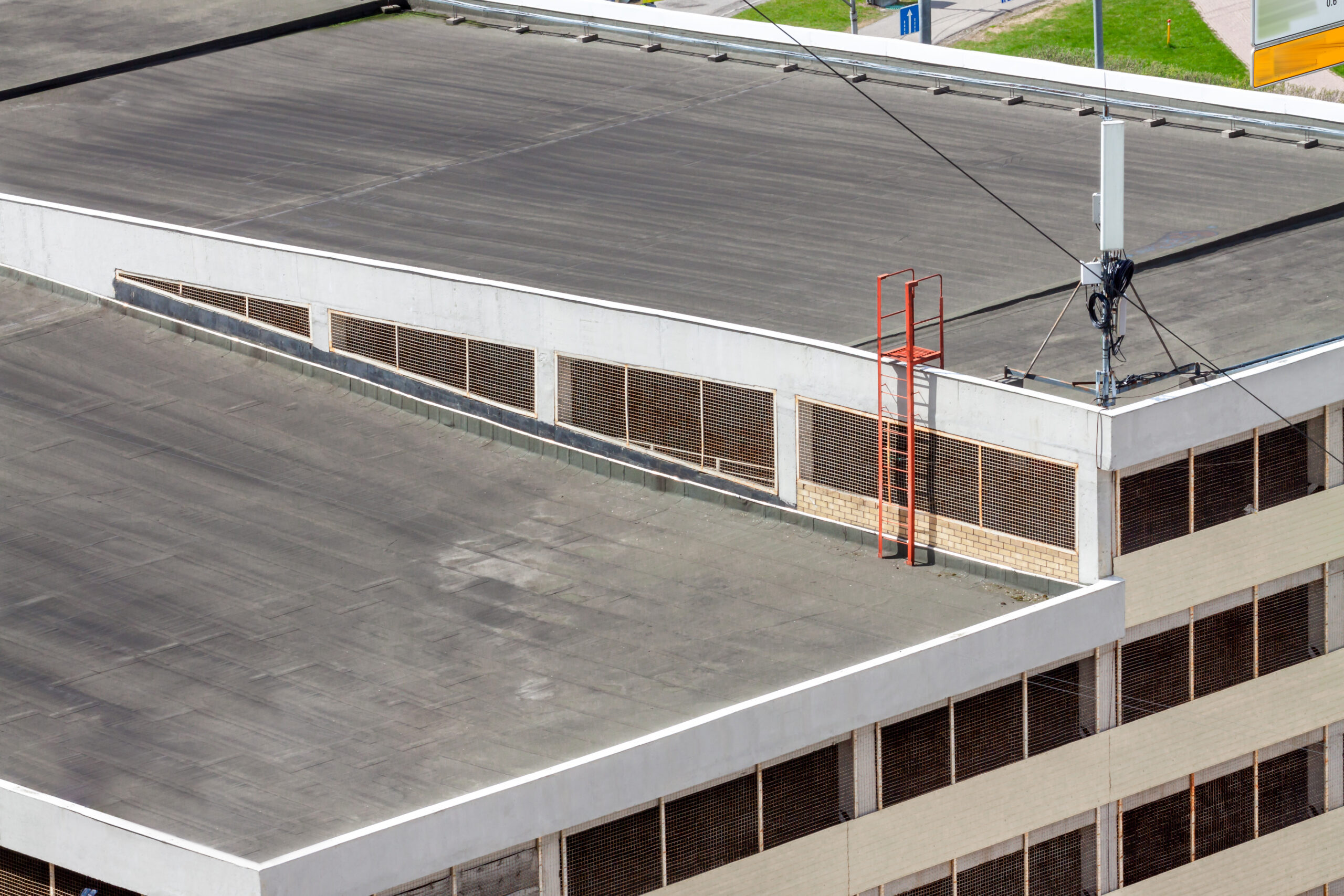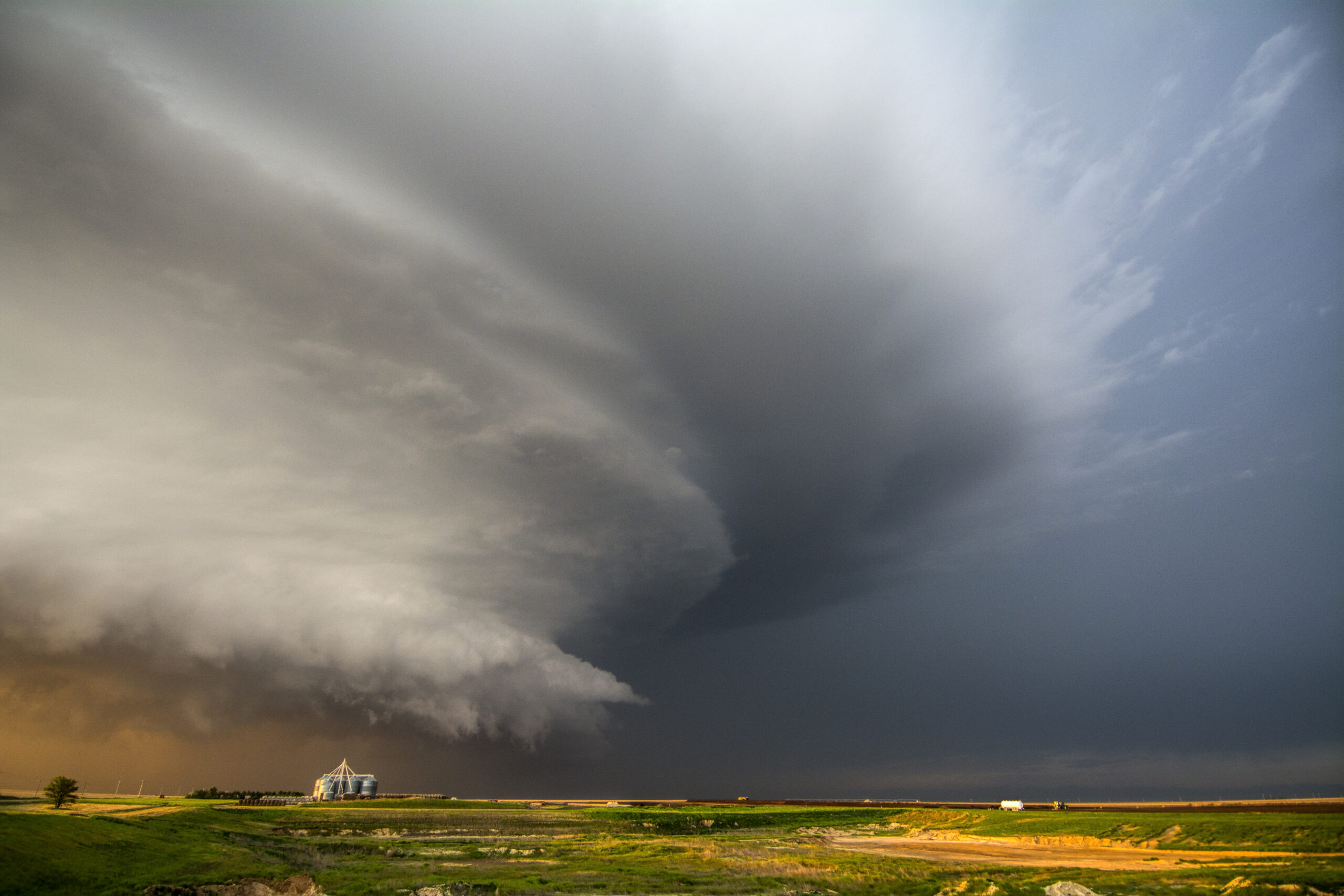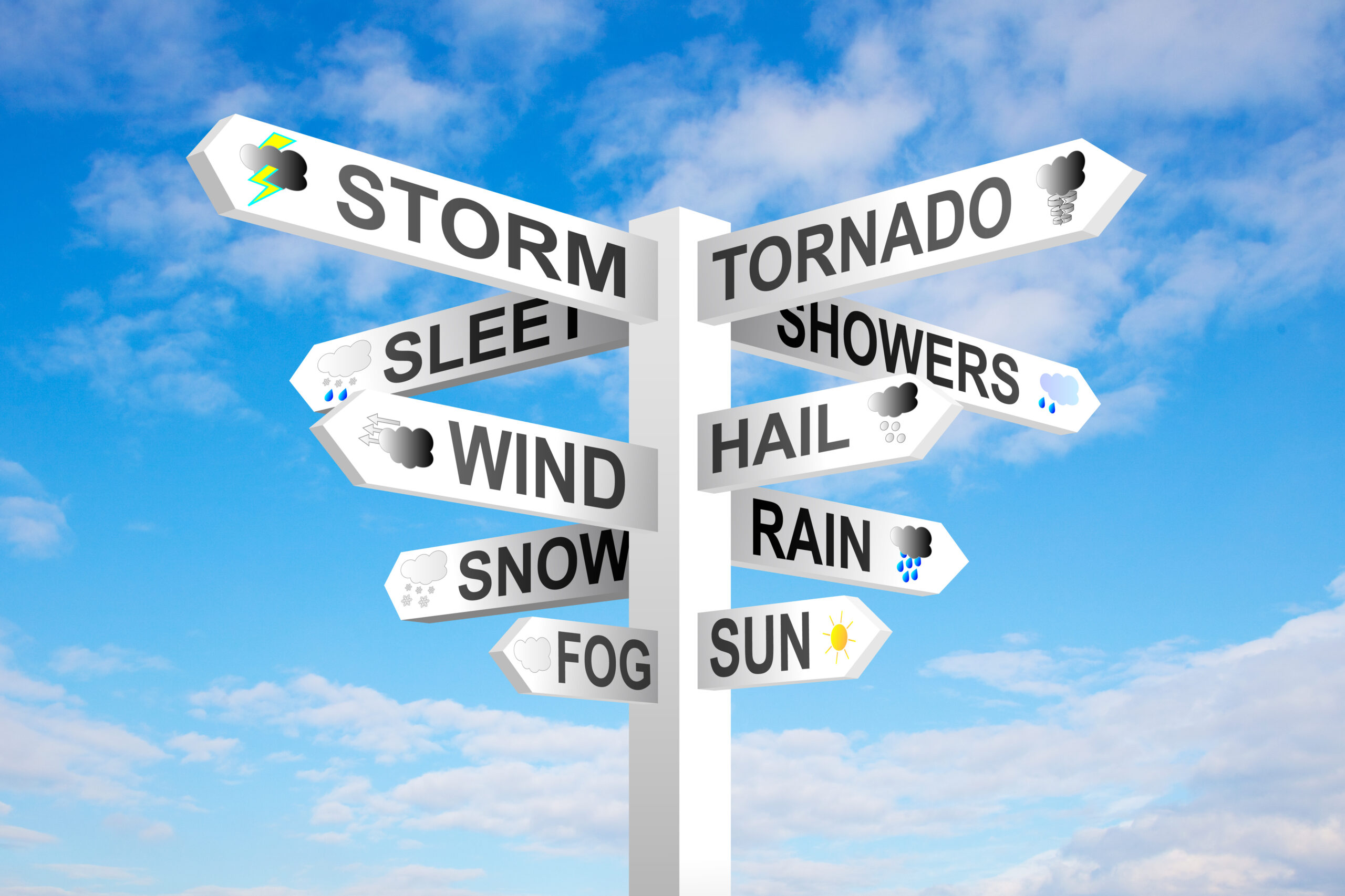Low-slope roofs are unique and interesting systems. Here are four fun facts about low-slope roofing systems:
- Diverse Materials: Low-slope roofs can be constructed using a variety of materials, including built-up roofing (BUR), modified bitumen, EPDM rubber, TPO, PVC, and more. Each material has its own advantages and should be chosen based on factors like climate, budget, and building design. For instance, in areas where there is extreme sun exposure, a low-slope roofing system can be coated, which can actually maintain the interior of the building’s cooler temperature. In populated areas, this can help with the reduction of the urban heart effects and save on utility costs and even carbon emissions.
- Green Roofing: Rooftop gardens, or “green roofs,” are becoming increasingly popular. These gardens host vegetation and plants on the roof’s surface and can be both functional and aesthetically pleasing. Green roofs provide improved insulation, reduction of stormwater runoff, and offer an eco-friendly solution. Although any roof CAN be turned into a garden, many manufacturers offer guidelines for low-slope roof gardens.
- Solar Panels: Low-slope roofs are ideal for solar panel installations for eco-conscious building owners. The low-slope surface allows for easy placement and adjustment of solar panels to capture maximum sunlight. There are also many solar panels made specifically for low-slope roofs on the market.
- Maintenance and Drainage: Proper drainage is crucial for low-slope roofing systems. These roofs are designed with a slight pitch to allow water to flow toward drainage systems to prevent ponding and water damage. Regular and professional maintenance is essential to clear debris and ensure the roof’s continued integrity.
Remember that the choice of low-slope roofing material and design should align with the specific needs and climate of the building, and proper maintenance is key to prolonging the life and performance of a low-slope roof. When a low-slope roof is damaged, it is important to have a licensed and experienced inspection to determine the extent of the damage.







